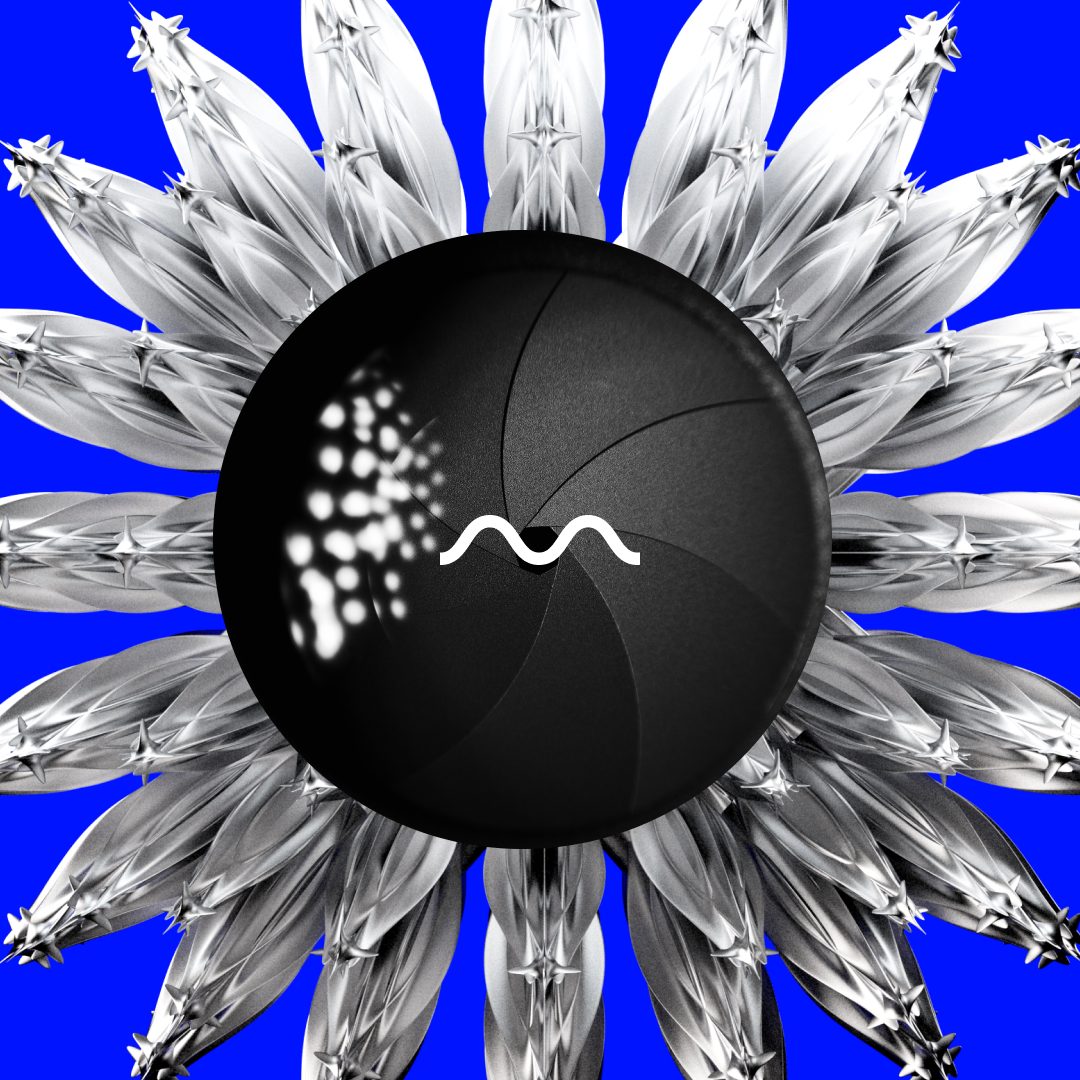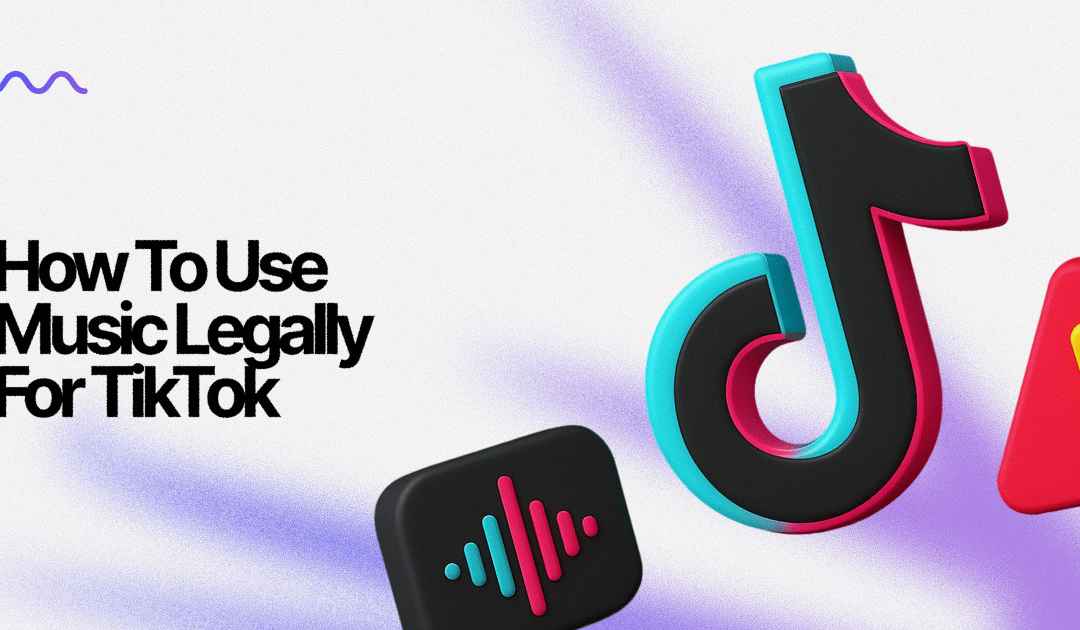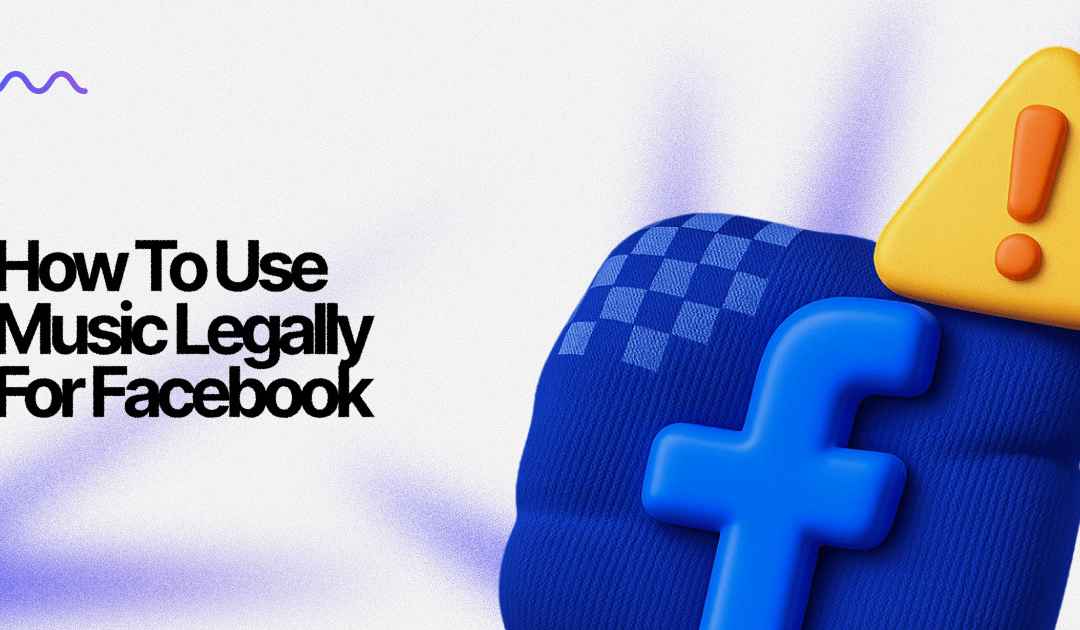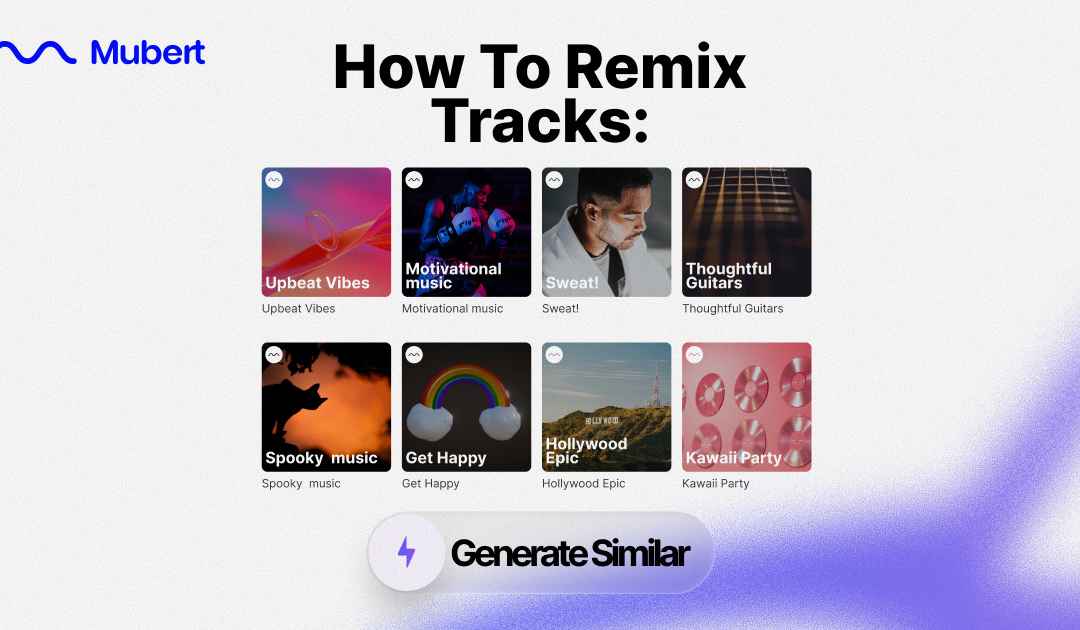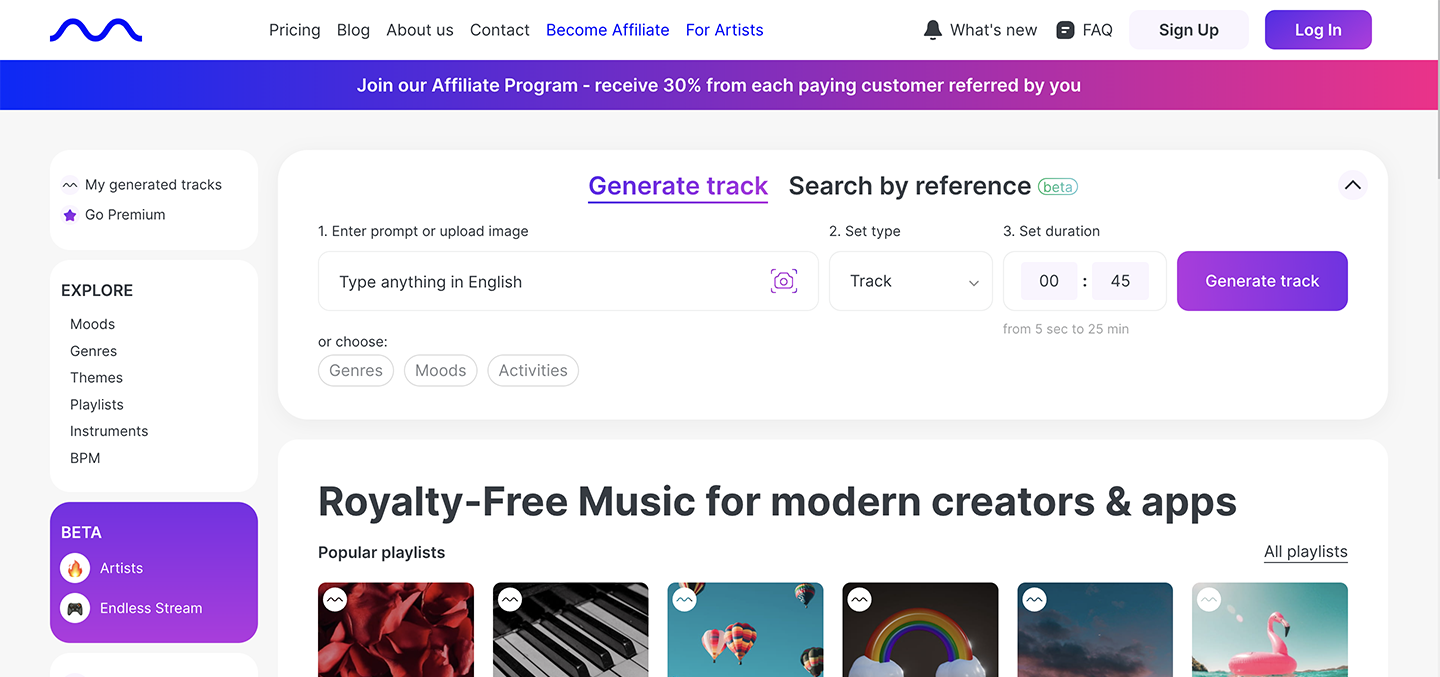
Create royalty-free AI music tracks with one click
Just describe what you want and get an instant track of any duration — and you will never meet any troubles with copyrights
Get startedNo One Predicted How Streaming Would Change the Game
In effect, YouTubers completely altered the landscape of music licensing and use of royalty-free music. Before YouTube’s explosive growth, music tracks were so expensive that only TV and radio studios could afford the licensing fees. No one had truly anticipated the advent of video streaming. Nor had they foreseen its effect on copyright law and royalties.
Because anyone can upload a video to YouTube, there were issues with the content that users uploaded. A lot of users uploaded videos containing clips from TV shows and movies, music videos, or videos that were mainly slides with lyrics to the soundtrack. No one was paying to watch those videos. It didn’t take long for users to figure out how to download them and isolate the music tracks. They got the songs for free.
Record Labels Eventually Took Legal Action
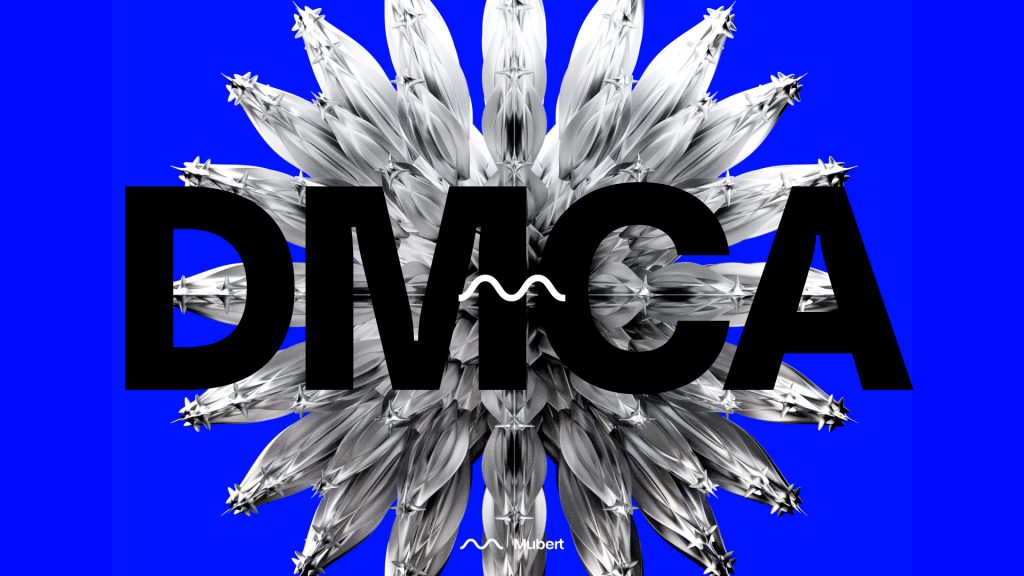
For a time, it seemed that YouTube was relying on the “fair use” defense. This is a legal doctrine which allows consumers to use copyrighted content under certain circumstances to preserve freedom of expression. For instance, a teacher playing music or videos for a class would typically be considered fair use. Record studios and artists didn’t think that YouTube videos qualified as fair use though. They claimed that, by posting their content on YouTube and allowing anyone to access it for free, YouTubers were hurting their sales.
And, it’s hard to argue with them. There’s no question that people extensively used YouTube to download music without paying for the song or using illegal websites. Multiple third party websites allowed anyone to download the music tracks from YouTube videos as mp3 files.
What truly exacerbated the problem, though, was the monetization of YouTube videos. It was somewhat easy to maintain the fair use defense when the average YouTuber was posting their videos for free, but once users began generating income from their videos the fair use defense just didn’t hold up anymore.
Now, the issue was that YouTubers were making money from content containing music tracks they hadn’t paid for. This included songs playing in the background of their videos, not just music used as the video’s soundtrack. These users weren’t paying royalties on the music they used, and most wouldn’t have been able to afford the royalties anyway.
The Record Studios Won, and YouTube Had to Pay – Royalty-Free Music Came into Space
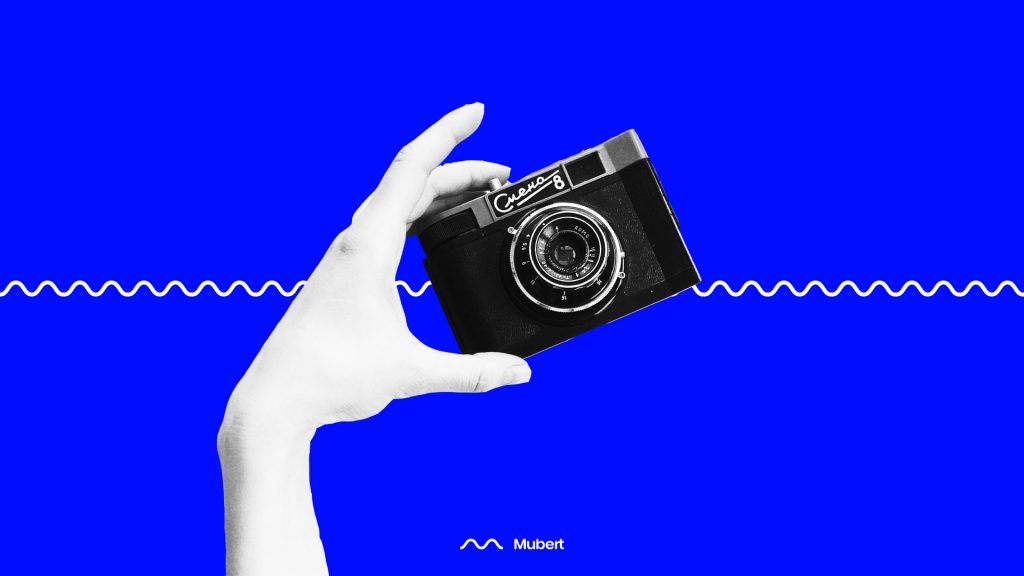
YouTube was held legally responsible for paying the royalties due on each video, and thus their automated copyright infringement detection system was born. YouTube could not rely on human staffers to find every case of copyright infringement. Therefore, to avoid more legal issues, developers designed the automated system to err on the side of caution. YouTubers suddenly found their videos pulled off the site with little to no warning, even if they only had music clips a few seconds long or simply playing in the background.
The solution was to find ways to keep royalty-free YouTube music, or at least lower the royalties paid by YouTubers, while still paying the record labels. Ultimately, there were several solutions to this. These included a subscription service that allows users to pay a modest fee for access to a YouTube royalty-free music library. Other users turned to royalty-free classical music, which is a bit easier to find. One of the most innovative solutions is the use of tracks generated with the help of AI, like those from Mubert Render. There are no copyright issues with these tracks, so they’re a much easier and more affordable solution.
What happened?
A result of YouTube’s policies has been an unprecedented shift in the royalty-free music market. Focus has shifted from specific tracks to whole genres, and quantity is generally preferred over quality. Most importantly, royalty-free music for YouTube is cheaper than ever as the demand for cheap tracks continues to grow. The market has effectively incentivized producers to generate far more music, even if that comes at the expense of quality music.
It’s hard to imagine this trend reversing, as YouTube’s model likely represents the future of entertainment. Royalty-free YouTube intro music, royalty-free jazz, and classical music, background tracks, and more are all in high demand. Streaming is undoubtedly the future, and streaming services are inherently filled with many small-scale content creators. In contrast, older forms of media consumption favored fewer content creators.

AI Royalty-Free Music for YouTube
As long as streaming services like YouTube exist, vloggers and other content creators will need royalty-free music. They’re unlikely to ever have the budgets that cable companies used for tracks. While it’s frustrating for YouTubers who fall victim to automated copyright detection systems, the ability to purchase royalty-free music for their videos is becoming more affordable. Consequently, legal issues are increasingly easy to avoid.
Mubert Render is representative of the future of royalty-free music on YouTube. It’s always going to be cheaper and easier for the user to use tracks composed with the help of AI in their videos than to pay huge sums to music licensing agencies. For a fixed fee users get music that’s completely safe to use and unique to their videos. We can expect tracks like these to dominate YouTube for a long time to come.
Copyrights, CreatorEconomy, CreatorsAI Music Company
Mubert is a platform powered by music producers that helps creators and brands generate unlimited royalty-free music with the help of AI. Our mission is to empower and protect the creators. Our purpose is to democratize the Creator Economy.
Generate Track API for Developers

